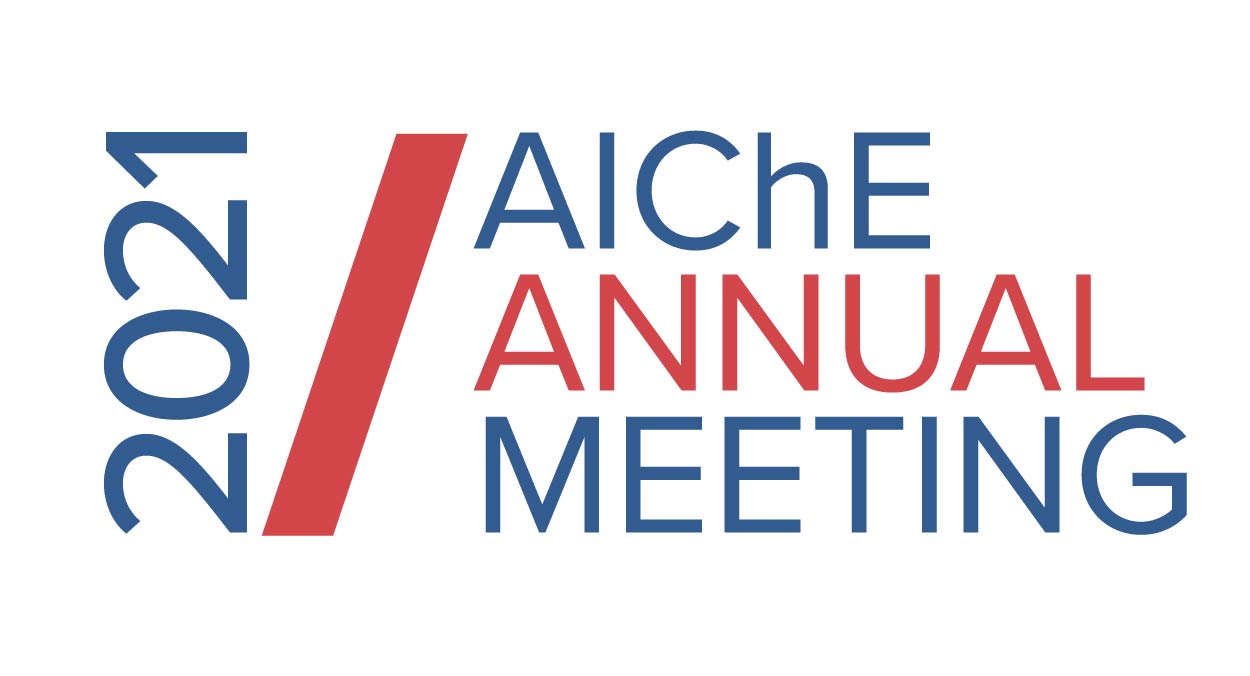

While research activities on both NRR and NO3RR are blooming with substantial progress, some major challenges remain unresolved so far. Due to the wide existence of reactive N-containing species, the source of NH3 in NRR measurements is sometimes elusive and requires rigorous examination by control experiments with costly 15N2. On the other hand, while the electro-reduction of nitrate is much more facile, additional costs arising from the enrichment and purification of nitrate in contaminated waste resources have challenged the practical feasibility of NO3RR both technically and economically.
In this talk, we will present our latest research progress as part of the solutions to these challenges in state-of-the-art NRR and NO3RR studies, from the perspective of reactor design. An improved 15N2 circulation system, which allows for more accurate and economized quantitative assessment of NH3 origins, was suggested herein. For NO3RR, we developed a compact reactor system for rapid and efficient NH3 production from real nitrate-containing waste sources, accompanied by the concurrent separation and enrichment of the produced NH3 to yield pure ammonium compounds. Our work highlights the importance of advanced reactor design in N-related electrochemistry research, which will facilitate the transformation of the current N-centric chemical industries towards a sustainable future.
